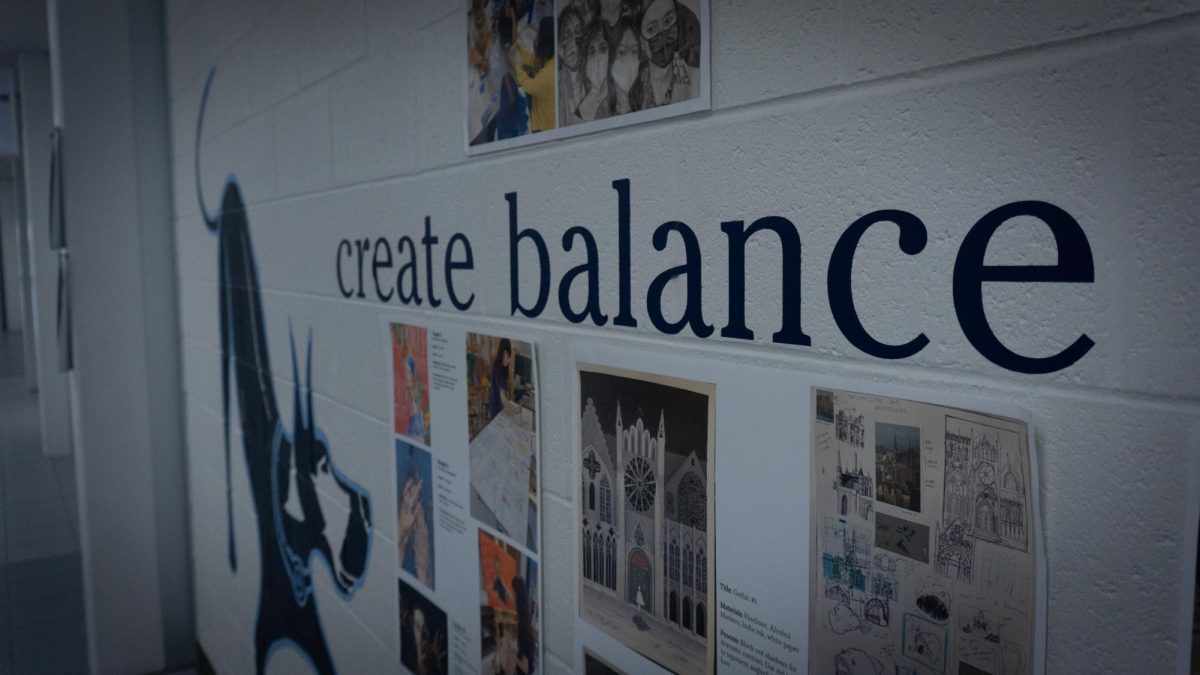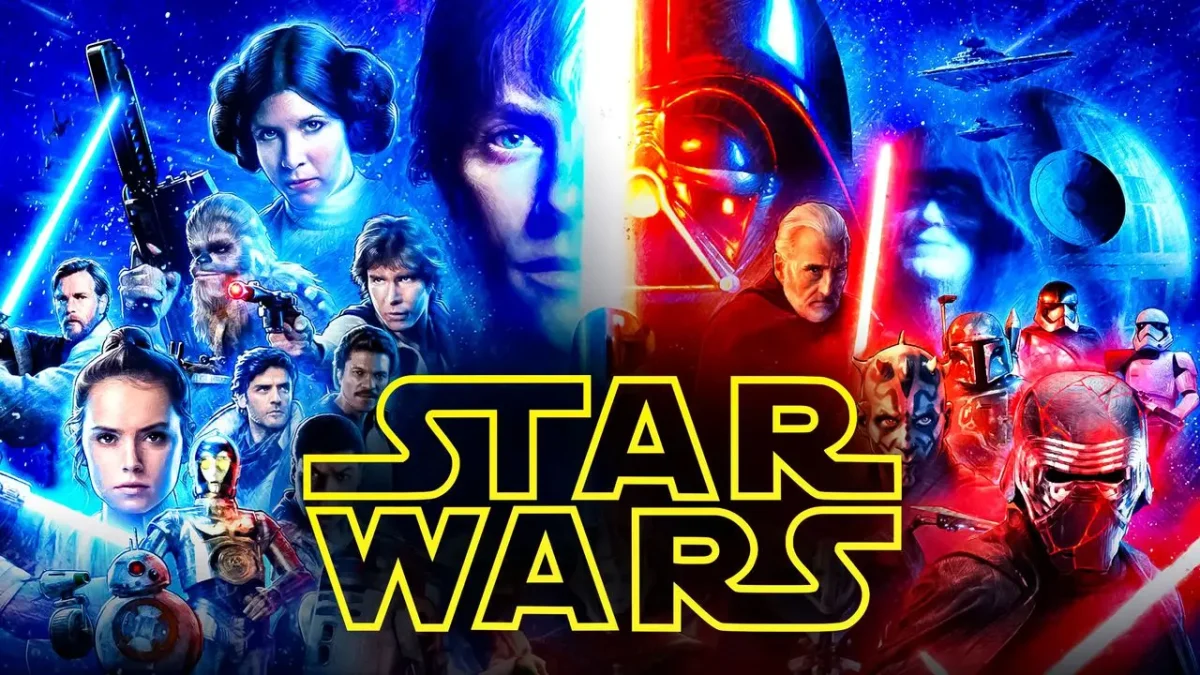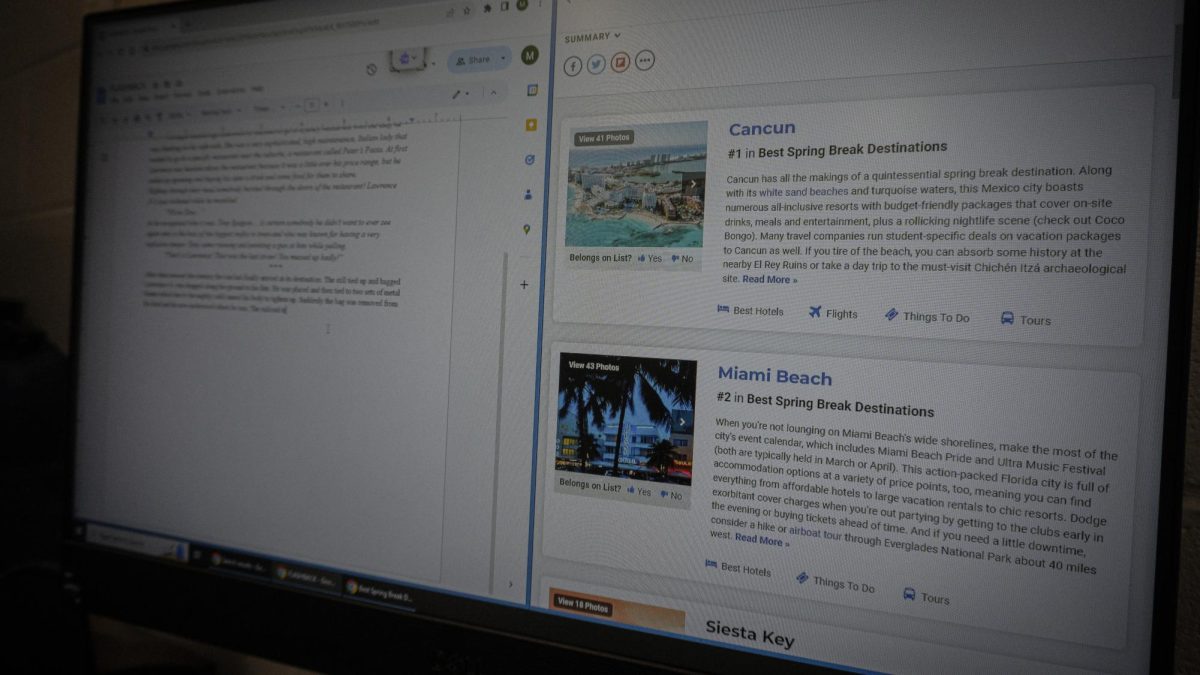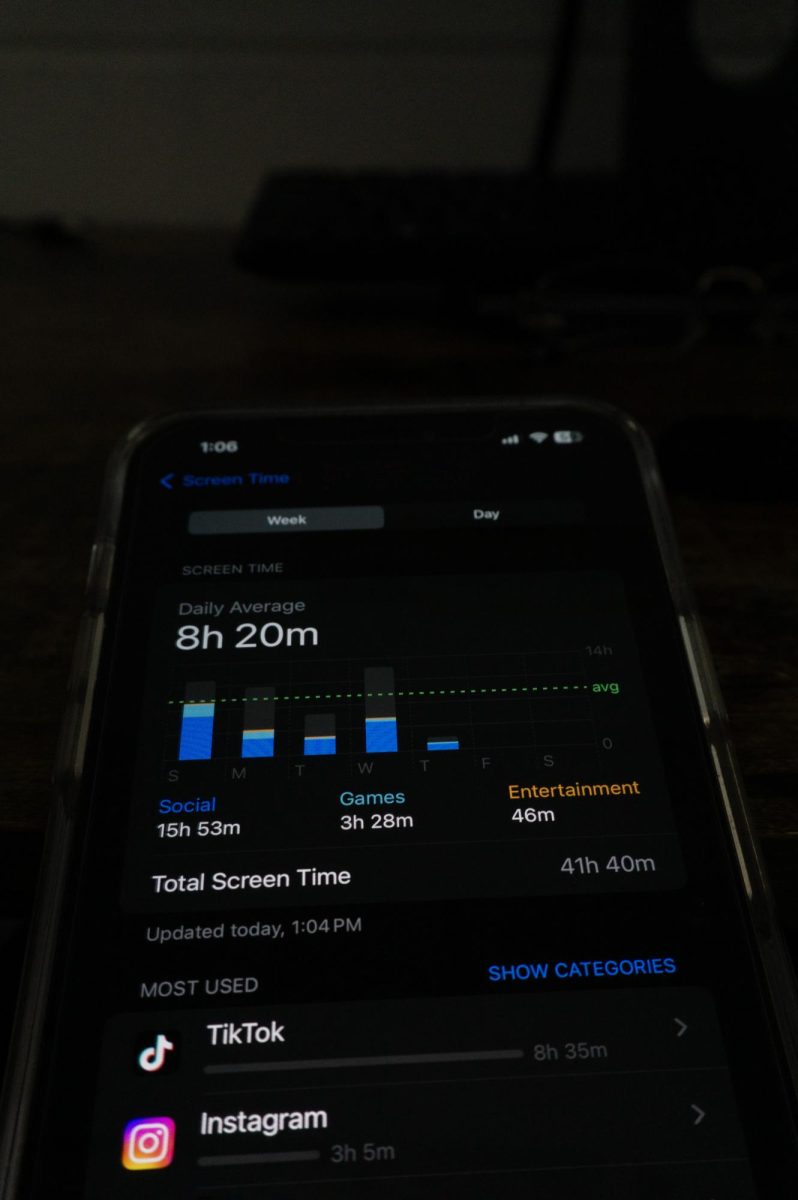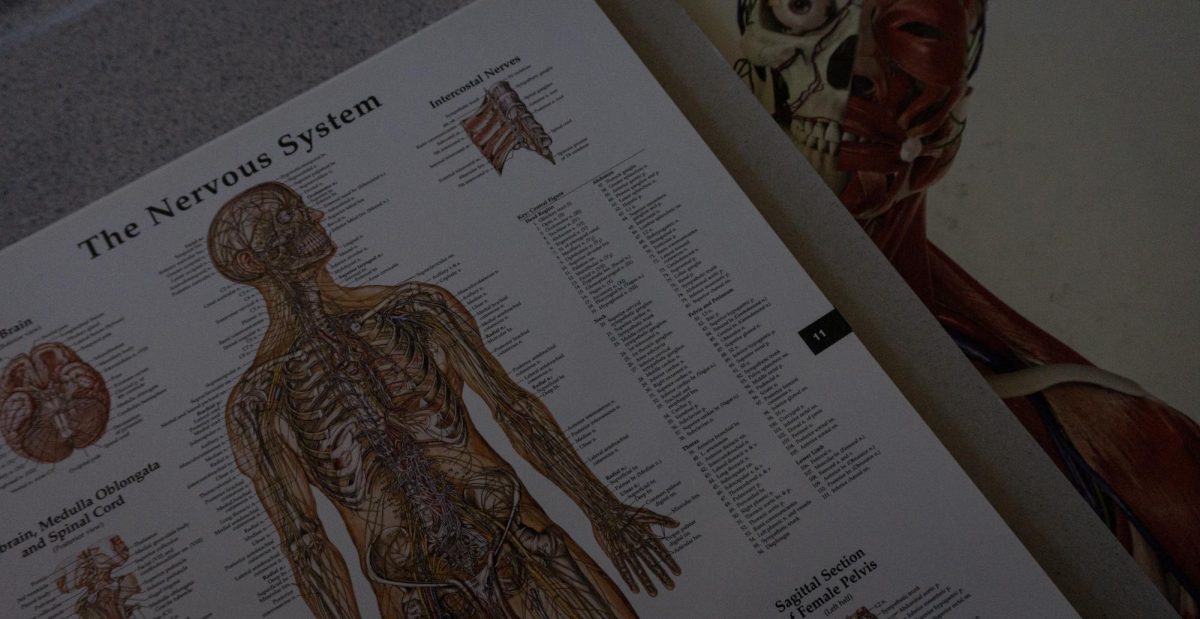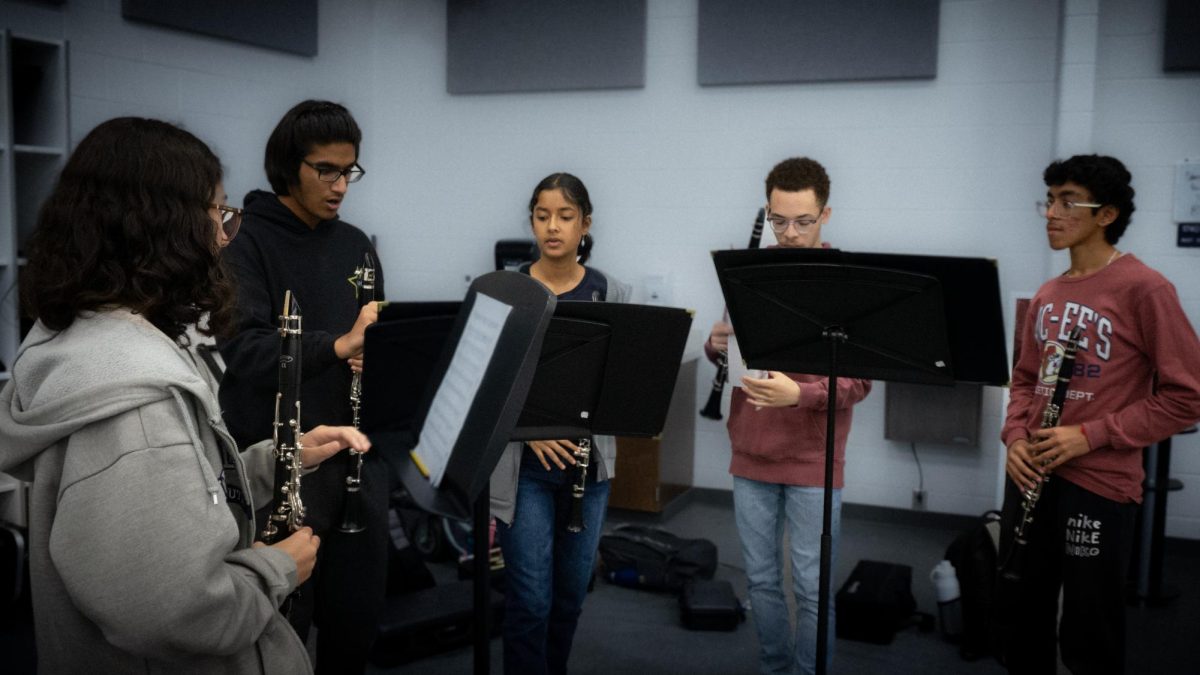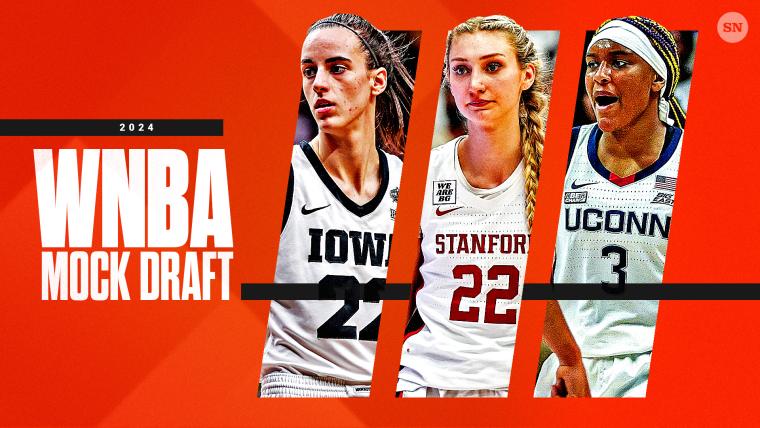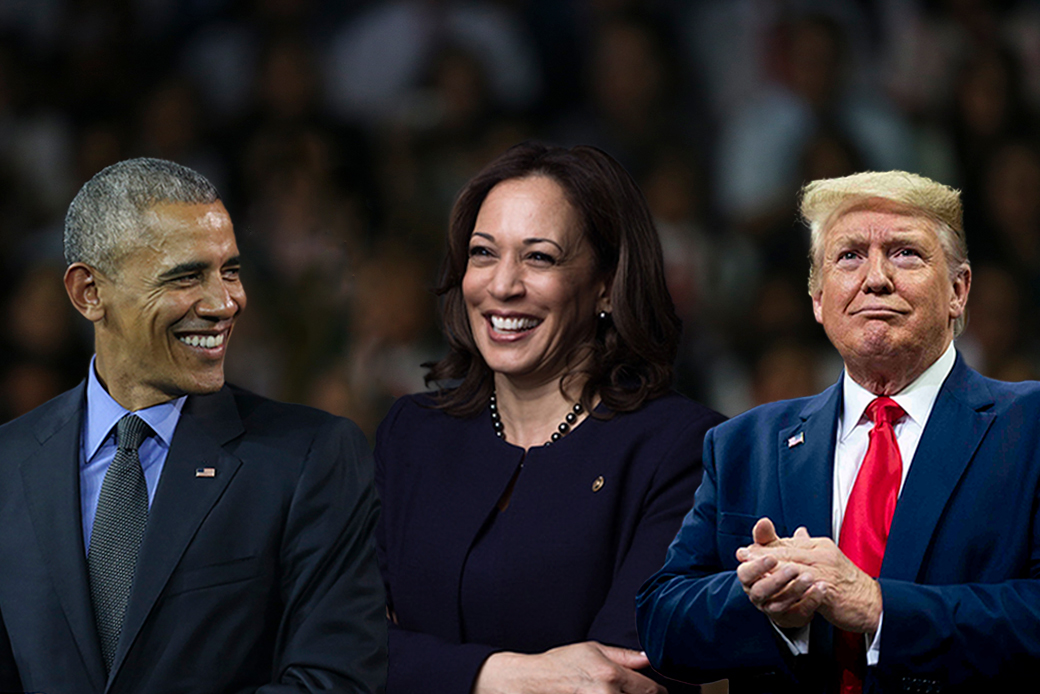Scrawling down a name or bubbling in a tiny circle may seem inconsequential, but voting is a vital part of the American government and a fundamental principle of democracy. Every year, United States citizens from ages eighteen and older have the opportunity to vote (in at least a local election). The major election occurs every four years when a new US President is elected. Since the nation’s birth, voters and candidates have drifted into various political parties that aim to promote different economic, social, and political values.
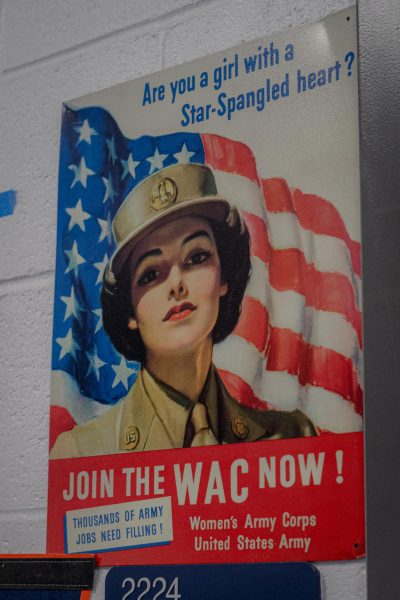
Currently, the two major parties in the United States are the Democrats and the Republicans, who actually started out as a singular organization called the Democratic-Republicans. Differing opinions over which causes, values, and candidates to support created a lasting divide within the group, causing a divide into two groups, the Democrats and Whigs. The heavily contested issue of slavery further split the nation, leading to the creation of the Republican Party. The Great Depression and the election of former president Ronald Reagan further established the core principles of the modern day Democrats and Republicans, respectively. The two parties’ dominance has lasted over a century, and it seems as though their reign may never end.
Though the founding fathers are grouped together as one cooperative clan, the reality is that many of its members had different political views. Some, such as George Washington, Alexander Hamilton, and John Adams, believed that a strong government and a central banking system would ensure success for the nation. Others, including Thomas Jefferson and James Madison, advocated for a smaller and more decentralized government. Washington, Hamilton, and Adams created the Federalist Party, and Jefferson and Madison founded the Democratic-Republicans.
While the Federalists struggled to stay afloat ( eventually dissolving), the Democratic-Republicans dominated the American political sphere. Since 1792, multiple Democratic-Republicans vied for the Oval Office during the same election, and the party won seven straight elections in a row from 1800 to 1824. Unfortunately, the party’s broad size and reach would prove to be its downfall.
After John Quincy Adams was elected president in 1824 (despite his fellow Democratic-Republican Andrew Jackson receiving the popular vote), the party splintered off into two groups: the Democrats and the Whigs. Andrew Jackson led the Democrats, and he continued to voice his support for states’ rights and less federal power. The Whigs considered themselves the exact opposite of Jackson, and one of their main goals was to fight his “tyranny” (“Whig Party”). Similar to the Federalists, the Whigs had little success. While the Democrats secured six victories from 1828 to 1852, the Whigs only managed to win two elections until they disbanded in the 1850s.
It was during this 19th century reign of the Democrats that the controversial issue of slavery became the most important topic for political campaigns. Everything centered around slavery, whether it was in relation to civil liberties, the economy, or states’ rights. Within the Democratic party, Southerners and Northerners butted heads over this matter. Southerners, many of whom depended on slave labor for the success of their plantations, wanted to spread the practice westward. Though many Northerners found chattel slavery despicable, true equal rights for Black people were not heavily favored on either side of the country. While the Democrats fought back and forth between themselves, the newly-formed Republican Party began to rise. The Republicans consisted of former Whigs and Democrats, as well as various other politicians, who resisted the expansion of slavery into Western states (“Republican Party”).
The Republicans’ first victory in the presidential election brought forth one of the most significant presidents in US history: Abraham Lincoln. The triumph of Lincoln, who dubbed himself “anti-slavery,” resulted in a new divide, not within a political party, but within the nation itself (“Lincoln on Slavery”). In 1861, seven Southern states seceded from the US and formed the Confederacy. The Confederate Constitution prioritized states’ rights and prohibited bans on slavery. Lincoln promised to not interfere, but warned that violence would be met with violence. That April, Confederate soldiers opened fire on Union troops at Fort Sumter in South Carolina, marking the first battle of the American Civil War.

The Civil War was the deadliest conflict in American history, with anywhere from 600,000 to 750,000 deaths. During the war, the Confederacy peaked at eleven member states, and Lincoln passed numerous pieces of pivotal civil rights legislation. Intense military campaigns, such as Union General Sherman’s March to the Sea, ravaged the rebel states, who eventually surrendered in 1865 (“Abraham Lincoln – Key Events”).
The post-Civil War North became heavily industrial, housing factories, big businesses, and wealthy Republicans. When the stock market crashed in 1929, the majority of the blame was placed on Republican president Herbert Hoover. Angry, struggling Americans elected a Democrat to be his successor: Franklin D. Roosevelt, father of the New Deal. This deal provided solutions to many public issues such as a lack of social security, poor infrastructure, and low minimum wage, but traditional Democrats disagreed with the amount of government involvement in their lives and switched to the Republican Party.
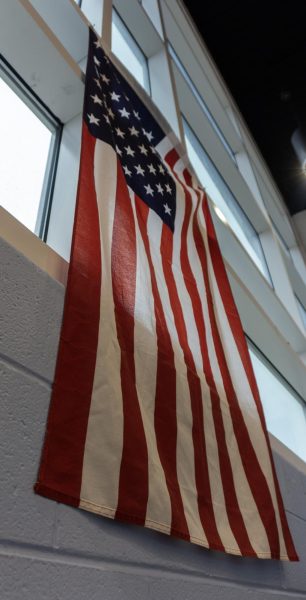
The Democratic Party became more progressive as time went on, as they fought for equal rights for Black and female citizens (“Presidential Elections and the American Political System”). The two parties seem to have flip-flopped, swapping their core value of conservatism or liberalism for the other. Democrats held on to the office for nearly fifty years until Republican Ronald Reagan was elected in 1980. His “Reaganomics” program sought to combat the 1980s recession by limiting government spending and lowering taxes, and it further molded “Republican” into a synonym for “conservative” (Niskanen).
Today, Republicans and Democrats seem to be the only relevant parties in American politics. Unlike the Democratic-Republicans of the 19th century, they host primary elections (known as primaries) to determine who should represent their party. Anywhere from 1,000 to 1,700 Americans launch presidential campaigns each year, but it almost always comes down to the most popular Democrat and Republican (Ballotpedia).
Candidates from “third parties” receive such a miniscule percentage of the overall vote that many argue voting for a third party candidate is equivalent to not voting at all (Stempfle). Support for third party candidates tends to fall flat as election season progresses, as many Americans resign themselves to voting for a party with similar values but better odds (Wolf). Understanding that the ballot is a lot narrower than it appears is key to making one’s vote count.
This year, the 2024 Presidential Election will begin. Polls and analysts predict a repeat of 2020, with Republican and former president Donald Trump against Democrat and current president Joe Biden. No matter which party or candidate you intend to support, make plans to vote this November. Your vote is your voice, and it matters!




